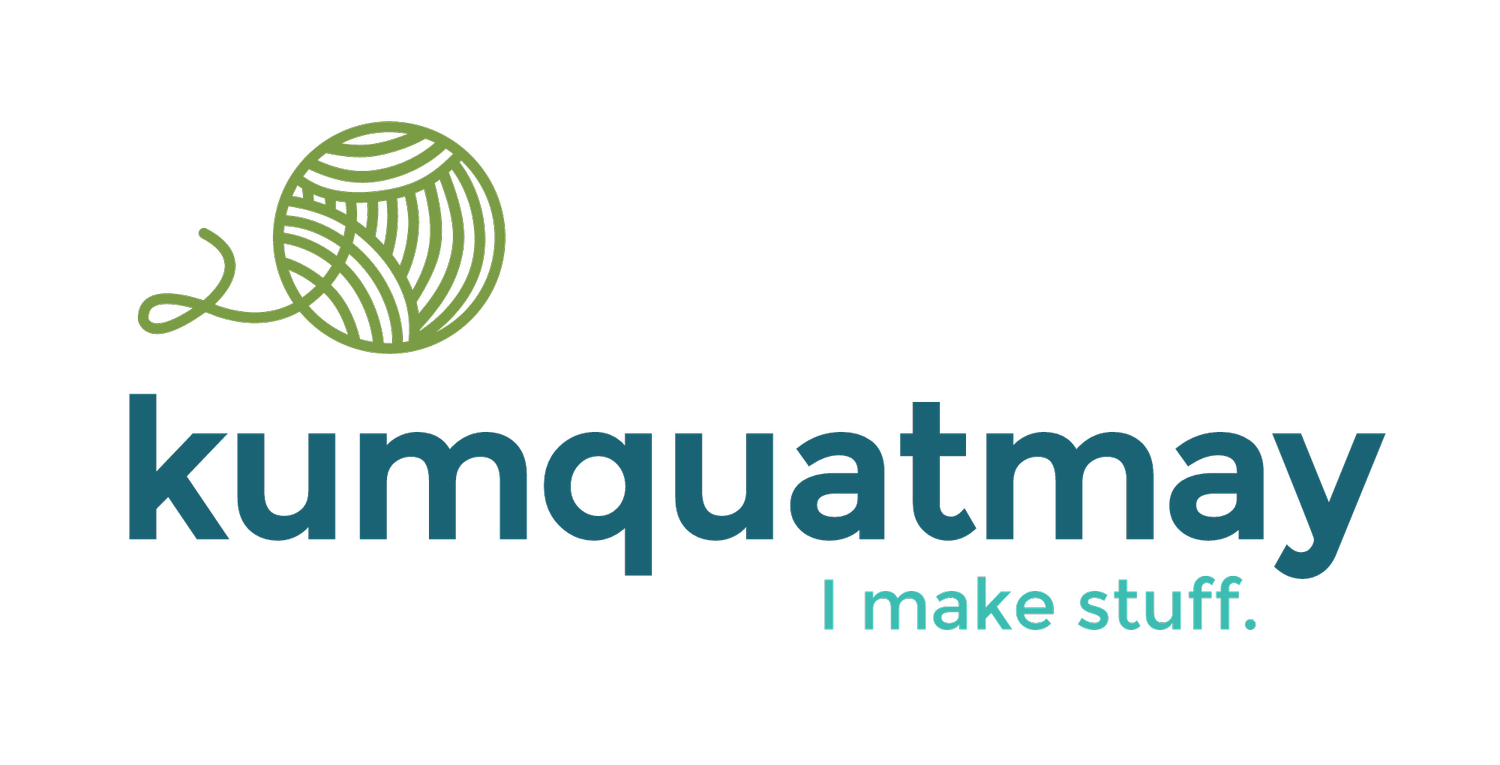Rhinebeck, the aftermath
/I finished the sweater, including the buttons, even allowing time to wash and block it! I'm really pleased with how the sweater came out, especially after blocking.
Why yes, I DID crop out as much of the mess on the bathroom floor as I could! Thank you for noticing!
And Rhinebeck was perfect sweater weather this year. My cousin Betsy and her daughter Kristina drove up to meet me at my house and get coffee for fuel, and then I drove us all up the rest of the way. It was a gorgeous day and perfect for shopping and fiber stuff!
Rhinebeck! Kristina is not holding fiber, but MAPLE COTTON CANDY.
First mission, get one of these kickass tote bags!
I think this was the longest line we waited in all day (neither Betsy nor I have the patience to wait for hours for Miss Babs, gorgeous though the yarn is, or Jennie the Potter), and it was WORTH IT. This bag is killer, nice heavy canvas, pocket inside and two outside and a ZIPPER! (Yes, we did collectively "OOOH!" when we saw it zip). Plus this year's logo is really effing cute.
Then I'd created a list on paper and on a notes app, with a wishlist for specific patterns and yardage/weights required for said patterns. But my real wishlist was for trying out spinning wheels and coming home with one.
Readers, I was not disappointed. Behold, the Hansen Minispinner that came home with me as an early birthday present:
Behold the mess in the hallway!
This thing is so damn light and portable! I carried it in said tote bag for most of the day, and I am telling you my purse was heavier (granted, my purse is really heavy with the shit I pack in it). I also looked at a few wheels, but I think that for where I am right now, this sucker is perfect.
I've already spun up and plied 8 oz of fiber from the Spunky Eclectic fiber club. It's so fast!
I have to say, I'm SO PLEASED that I learned to spin on a spindle first. I feel like I have a greater understanding of the mechanics, of drafting, of all the bits and pieces that go into spinning yarn. But damn do I love this thing.
I also got a few batts of beautiful fiber from Loop, and some truly gorgeous squishy cormo worsted yarn by Sincere Sheep in soft grey and cream from Carolina Homespun's amazing booth. These are earmarked for Lee Meredith's Triyang shawl--as big as I can make that sucker.
And while I was Rhinebecking, JBB took the boys to the zoo, and the biggest little wore his blue hoodie (I FINALLY finished and set in the zipper). A fitting ending, as I bought that yarn for his hoodie last year at rhinebeck. I, of course, still have no decent pictures of it on him. Alas.




